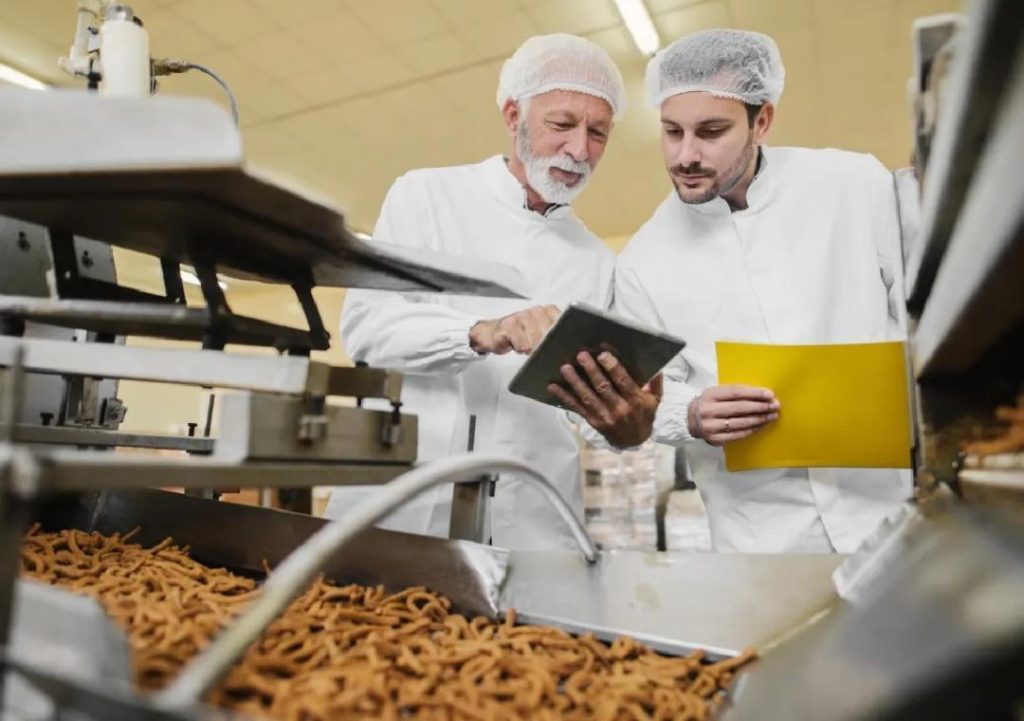
Can P&L Optimisation Redefine Success in Food Technology?
The food technology industry is undergoing a significant transformation, driven by advancements in automation, data analytics, and smart inventory systems. As a result, companies are focusing on streamlining their profit and loss (P&L) operations to improve profitability and stay competitive. P&L optimisation is no longer a nice-to-have, but a must-have for food tech businesses to thrive in today’s fast-paced market.
In this blog post, we’ll explore the impact of P&L optimisation on food technology companies and how it can redefine success in the industry.
The Need for P&L Optimisation
Food technology companies are under immense pressure to reduce costs, increase efficiency, and boost profitability. The industry is characterised by high operational costs, fluctuating demand, and strict regulations, making it challenging to maintain profitability. P&L optimisation helps address these challenges by streamlining operations, reducing waste, and improving decision-making.
Automation and Smart Inventory Systems
Automation and smart inventory systems are key components of P&L optimisation in food technology. Automation enables companies to streamline processes, reduce manual errors, and improve efficiency. For instance, automated production lines can enhance product quality, reduce waste, and increase output. Smart inventory systems, on the other hand, help companies manage inventory levels, track demand, and optimise supply chain operations.
Data Analytics
Data analytics is another crucial aspect of P&L optimisation in food technology. By leveraging data analytics tools, companies can gain insights into their operations, track key performance indicators (KPIs), and make data-driven decisions. Data analytics helps companies identify areas of inefficiency, optimise production, and improve supply chain management.
Benefits of P&L Optimisation
The benefits of P&L optimisation in food technology are numerous. By streamlining operations, companies can:
- Reduce Waste: Automation and smart inventory systems help reduce waste by ensuring accurate inventory levels, reducing overproduction, and improving product quality.
- Improve Demand Forecasting: Data analytics enables companies to track demand patterns, predict fluctuations, and adjust production accordingly, reducing stockouts and overstocking.
- Support Better Decision-Making: By leveraging data insights, companies can make informed decisions about product development, pricing, and marketing strategies.
- Boost Margins: P&L optimisation helps companies reduce costs, increase efficiency, and improve profitability, leading to higher margins.
- Ensure Sustainable Growth: By adopting scalable models, companies can ensure sustainable growth, expand their market share, and stay competitive in the industry.
Scalable Models
Scalable models are essential for food technology companies to achieve sustainable growth. By adopting scalable models, companies can:
- Increase Efficiency: Scalable models enable companies to increase efficiency by automating processes, reducing manual errors, and improving supply chain management.
- Reduce Costs: Scalable models help companies reduce costs by optimising production, improving inventory management, and reducing waste.
- Improve Flexibility: Scalable models enable companies to adapt quickly to changes in demand, market trends, and regulatory requirements.
- Enhance Customer Experience: Scalable models help companies improve customer experience by ensuring timely delivery, high-quality products, and excellent customer service.
Conclusion
P&L optimisation is no longer a nice-to-have, but a must-have for food technology companies to succeed in today’s competitive market. By streamlining operations, reducing waste, and improving decision-making, companies can boost margins, ensure sustainable growth, and stay competitive in the industry. Automation, smart inventory systems, and data analytics are key components of P&L optimisation, enabling companies to adopt scalable models and achieve long-term success.
News Source:
https://www.growthjockey.com/blogs/p-and-l-operations-in-food-tech






